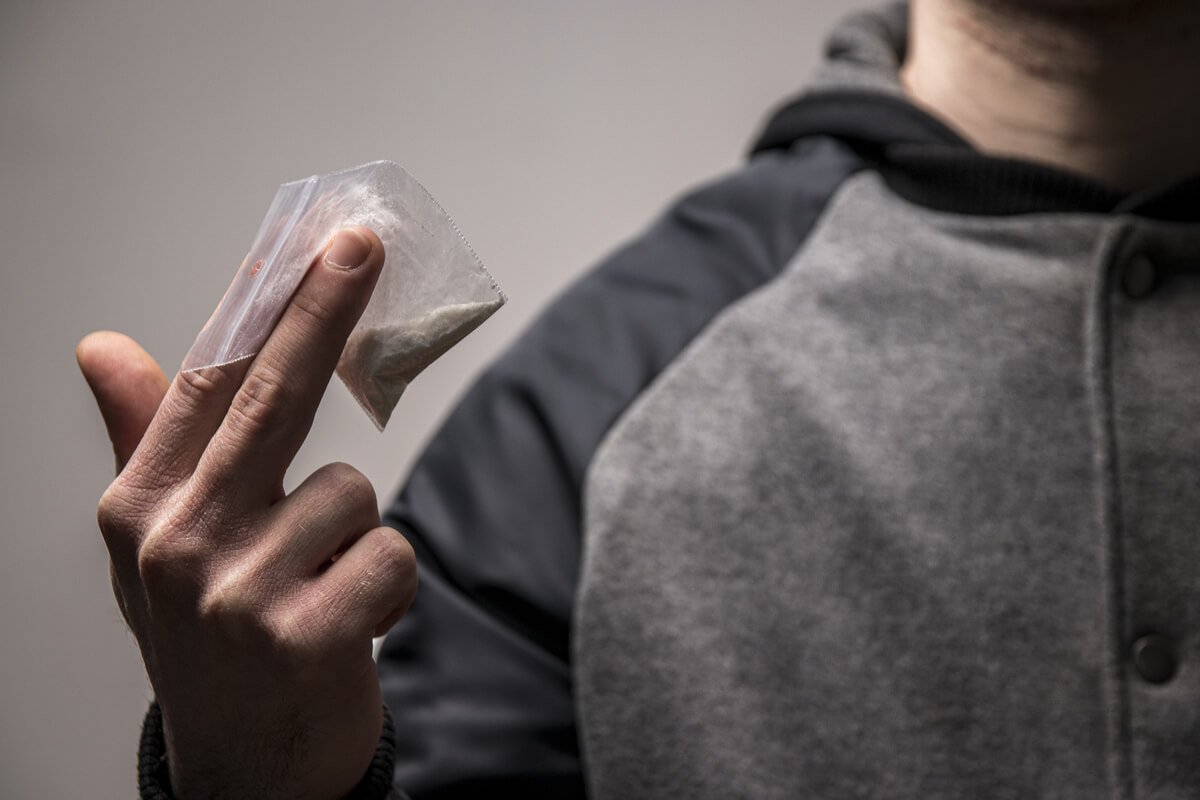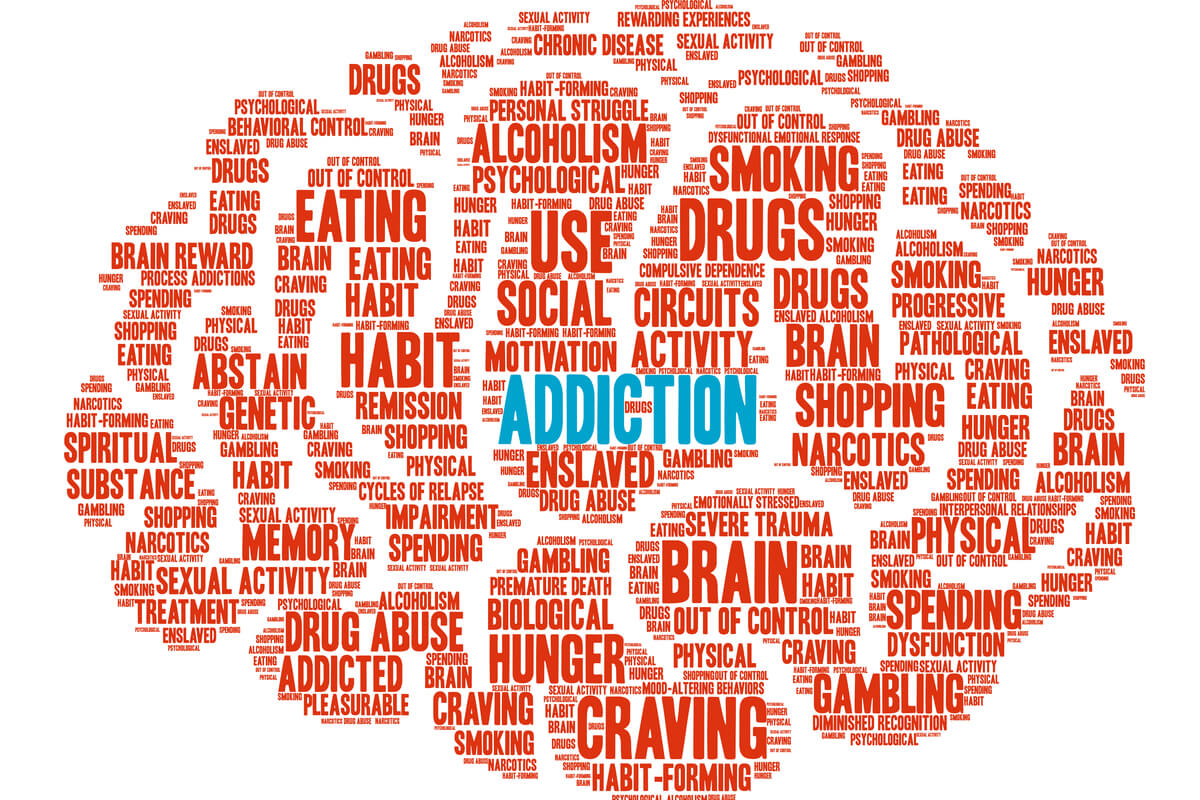
Broadly, cocaine is usually detectable in a person’s system for up to three days after their last use of the drug. Chronic users of cocaine can sometimes have their detection window greatly extended, with use detectable as long as two weeks after the last use.
Evidence of cocaine use can last for multiple months in a person’s hair, although this type of testing is relatively uncommon and has its own disadvantages.[1] It’s important to understand the capabilities and limitations of drug tests, as the results have the ability to significantly impact many areas of life.
Factors Affecting Cocaine Detection
The following table illustrates the detection windows typically associated with cocaine drug tests:[2,3]
| Test | Detection Window |
| Urine test | 2-3 days |
| Blood test | 1-2 days |
| Saliva test | 1-2 days |
| Hair test | Up to 90 days |
However, several factors can affect a person’s actual detection window. For example, the amount of cocaine or its metabolites detected that qualifies as a positive test result can be lowered. As a general rule, a lower cutoff makes detection easier but also increases the likelihood of a false positive, where a test incorrectly indicates a person used cocaine when they did not.
Chronic cocaine use can also alter the length at which cocaine use can be detected, extending detection times. Health conditions and medication that affect metabolism, such as hepatic disease, can also affect detection windows (usually extending the time a test can detect one’s drug use).[1]
Cocaine Metabolism & Elimination
When a person uses cocaine, their body begins to metabolize the drug, breaking it down and eliminating it through sweat and urine. Studies suggest that cocaine builds up in the body with regular use, and this results in a longer elimination process for the drug and its associated metabolites. Essentially, the body eliminates cocaine more slowly if a person is a chronic user, making the drug detectable for longer.[2]
As discussed in more detail in the next section, cocaine is usually detectable about two to three days after the last use in a typical person. However, the use of cocaine by chronic users of the drug may be detectable significantly longer after last use, potentially causing them to test positive even two weeks after use.
This doesn’t mean that using cocaine causes a person to experience a high that lasts that long. A cocaine high will often only last a few minutes, depending on how the person takes the drug (the high from intravenous injection and smoking will be shorter lasting than when snorting the drug).
Additionally, the effects of long-term cocaine misuse don’t disappear just because the drug has been eliminated from a person’s system. Depending on the severity and length of use, a person may need to be drug abstinent for a significant length of time for their body to fully readjust to the drug’s absence.
Cocaine Detection Methods
Cocaine has a half-life of about one hour. This is the time it takes for the body to eliminate about 50% of the cocaine currently in one’s system. After between four to five half-lives, 94% to 97% of a drug will have been eliminated.[1]
Cocaine use can be detected by looking for traces of cocaine and its metabolites, with the exact concentration the test considers a positive result varying.[2]
The most common ways in which a person might be tested for cocaine use are described in the next section.
Types of Drug Tests
Various drug screening tests can be used to try and detect cocaine use.[3]
Urine
The most common way to test for cocaine use is a urine test. A person urinates into a cup, and the sample is tested in a lab. This test is considered to have a reliable detection window of two to three days.
Saliva
Another type of testing becoming increasingly common is saliva testing. The detection window is slightly shorter at one to two days, but the test has the advantage of generally being considered less intrusive and harder to cheat.
Blood & Sweat
It’s also possible to test for cocaine use through a person’s blood and sweat, but neither of these test types is very common. Blood testing is considered fairly invasive and has a relatively short detection window. It offers few advantages over saliva testing.
Hair
The test type with the longest detection window for cocaine use is hair testing, but hair testing has several disadvantages. First, it is relatively complicated and not as reliable as some other types of testing. It also requires time for a person’s hair to grow. However, in ideal conditions, hair testing has the potential to detect cocaine use potentially several months after the last use.[3]
Short-Term Effects vs. Detection Time
Cocaine is a stimulant, meaning its use can be broadly said to speed up activity in the body, specifically increasing the activity of the central nervous system.[4] When a person uses cocaine, the effects will typically be almost immediate. The length of these effects will vary but usually fade within a few minutes to an hour, depending on the dose and method by which an individual takes cocaine.
Short-Term Effects
Some short-term effects commonly associated with cocaine use include the following:[4]
- Euphoria
- Feeling energetic or hyper
- Sharpening of mental alertness
- Hypersensitivity to sight, sound, and touch
Cocaine use also causes a number of physiological effects, which can include the following:[4]
- Constriction of blood vessels
- Dilation of pupils
- Increased body temperature, heart rate, and blood pressure
Side Effects
Cocaine use can have a number of negative side effects. It can cause some users to feel an increased sense of paranoia, irritability, panic, restlessness, and anxiety. It also has the potential to cause serious medical issues, with the most common complications resulting from its use impacting the heart. Disturbances in heart rhythm and heart attacks are two notable possibilities.[4]
Dose-Dependent Effects
Large doses of cocaine can intensify the effects of the drug. They have been known to cause a person to engage in bizarre, erratic, and violent behavior that they otherwise would not have engaged in.
While this drug’s recreational use already isn’t recommended, it notably becomes even more dangerous if taken with other drugs, including alcohol.[4]
Detection Windows
Again, cocaine is typically considered to be detectable about two to three days after the last use in a typical user. However, the use of cocaine by chronic users of the drug may be detectable for significantly longer, potentially causing them to test positive even two weeks after use.
The reason for the significant difference between how long cocaine seems to affect a user versus how long it’s detectable has to do with how drug testing works. The body metabolizes and eliminates drugs relatively quickly. However, drug tests detect trace amounts of a drug or its metabolites in a person’s system.
This means that drug tests can detect much less of a drug than would actually make a person feel any effect. They may also detect metabolites of a drug, which won’t necessarily have similar effects to the drug they were metabolized from.
FAQs: Common User Questions About Cocaine Detection
The following are some frequently asked questions regarding cocaine detection:
Drinking water is unlikely to meaningfully affect the detection window for cocaine use. It cannot “flush out” cocaine, although staying hydrated should help the body eliminate waste comparably better than if one was dehydrated. It won’t affect the elimination timeline greatly, however.
It is relatively common for workplaces to test for cocaine and its metabolites. The only way to avoid testing positive for cocaine on an employment-related drug test is to avoid all use for at least a few weeks.
Once taken, cocaine is quickly absorbed by the body where it begins to be metabolized and eliminated. There aren’t any proven home remedies that can meaningfully shorten detection times. The body simply needs time to eliminate the drug and its metabolites.[5]

Reviewed By Peter Manza, PhD
Peter Manza, PhD received his BA in Psychology and Biology from the University of Rochester and his PhD in Integrative Neuroscience at Stony Brook University. He is currently working as a research scientist in Washington, DC. His research focuses on the role ... Read More
- Hallare J, Gerriets V. Half-life. StatPearls. Published June 23, 2022. Accessed February 13, 2024. https://www.ncbi.nlm.nih.gov/books/NBK554498/
- Elimination of Cocaine and Metabolites in Plasma, Saliva, and Urine Following Repeated Oral Administration to Human Volunteers. Journal of Analytical Toxicology. Published October 2000. Accessed February 13, 2024. https://pubmed.ncbi.nlm.nih.gov/11043648/
- Cocaine screen. University of Rochester Medical Center. Published February 13, 2024. https://www.urmc.rochester.edu/encyclopedia/content.aspx?contenttypeid=167&contentid=cocaine_screen
- What are the short-term effects of cocaine use? National Institute on Drug Abuse. Published May 2016. Accessed January 2024. https://nida.nih.gov/publications/research-reports/cocaine/what-are-short-term-effects-cocaine-use
- Garza AZ, Park SB, Kocz R. Drug elimination. StatPearls. Published 2020. https://www.ncbi.nlm.nih.gov/books/NBK547662/
Download Our Free Program Guide
Learn about our program, its effectiveness and what to expect
Related articles
Imagine what’s possible on the other side of opioid use disorder.
Our science-backed approach boasts 95% of patients reporting no withdrawal symptoms at 7 days. We can help you achieve easier days and a happier future.








